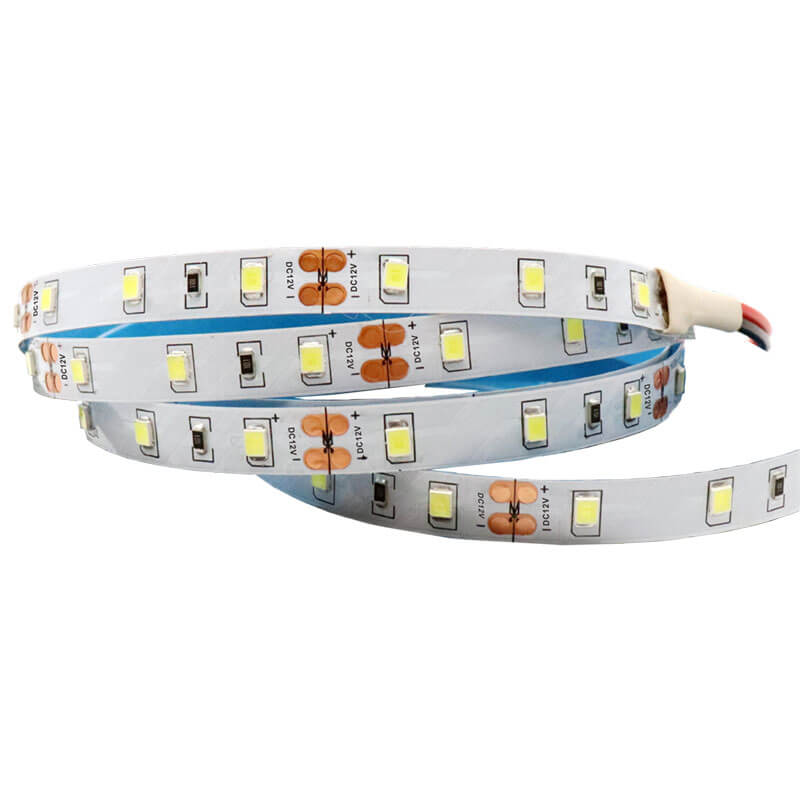How to Install LED Strip Lights
LED Strip Lights provide a flexible means of both indoor and outdoor illumination. Strips are typically up to 5m in length but may be cut at designated regular intervals. Chains of strips may be achieved given the correct power supply. The adhesive backing allows LED strips to be attached to all surface types.To get more news about led lights strip, you can visit htj-led.com official website.
How to Install LED Strip Lights
Installing LED strips is a relatively straight forward process. Always ensure to consult an electrician when combining two or more strips in a chain, as power supply considerations will vary according to circumstance. Steps:
Measuring Up The length of an LED light strip may be shortened with scissors at any of the regular highlighted intervals along the strip, usually indicated with a line, spaced roughly every 10cm (4 - 5 inches). With this in mind, make sure to adjust the desired final position of the strip such that the end connected to the power supply is close to an appropriate outlet. The choice is also generally made to move the powered end of the strip close to a drill-hole in a cupboard, for example, so that wiring may be easily concealed.
Power Supply LED light strips are generally sold in bundles containing a power pack and connectors. This power supply will be relevant to the manufacturer's guidance on powering the strip. Using an alternate power supply could result in overloading the strip (burnout) or conversely may result in a dimmer over all output. When purchasing the strip and power supply separately, be sure to consult the literature accompanying the strip for best results.
Cut & Connect The designated ‘cut’ points located at regular intervals along the strip allow a safe place to expose the wiring within the strip. This is where the power supply connector ‘clips’ into place. A small section of the strip is placed inside the connector, which then snaps shut to provide an insulated completed connection.
Wifi Connectivity
A standard 5m (16.4ft) LED light strip should provide ample length to suit most popular locations around the home and garden (e.g. kitchen cabinet under-lighting, garden shed). Extending beyond this length would ideally entail a separate strip complete with a seperate power pack (although solutions involving multiple wires from a singular power pack are available). This avoids complicated chain strips, which must be powered properly. A popular DIY solution to controlling multiple strips from a singular switch is to build wifi connectivity into the circuit. Wifi boxes may be purchased separately, and can be controlled from a linked smartphone, tablet, or virtual assistant (e.g. Alexa, Google Home). Alternatively, seek professional advice when attempting a setup that allows multiple strips to be controlled from a central physical switch.
Splash Proof & Waterproof
While waterproof and splash proof LED strips are widely available, an important consideration to bare in mind when choosing suitable lighting solutions is that not all strips are water resistant (the added feature of water resistance is commonly reflected in the retail price). Where a non-waterproof light strip is intended for use in areas likely to come into contact with water, trunking is available in both clear and semi-clear formats.